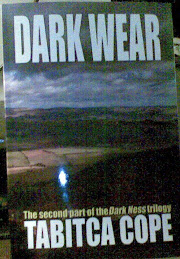This interesting article suggests global warming as the reason for so many animals with mange appearing and being called Chupacabra.
Rising Global Temperatures Brings Increase of Supposed Cryptozoological Sightings
The natural world holds many secrets; some of which are anything but natural. For centuries, there have been sightings reported of strange creatures, such as Bigfoot, El Chupacabra, the Loch Ness Monster, and so forth. Many people have claimed to see these things. Some have claimed to capture the strange species on film, or sometimes even in cages. Despite all of the sightings and so-called evidence that’s been collected over the years, there is still no absolute proof whether any of these creatures truly exist or not. Whether or not they do exist, there is one strange thing that has been happening in recent years. More people are coming forth with claims of sighting one of these cryptozoological beings. However, sightings alone—and even producing a body—isn’t always proof of anything. One example of this happened in 2008, when DeWitt County deputy, Brandon Riedel, filmed a rather strange looking animal roaming a back road in Texas
By Heidi Marshall




















No comments:
Post a Comment